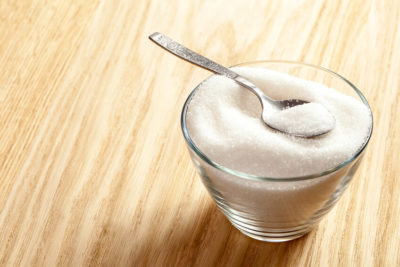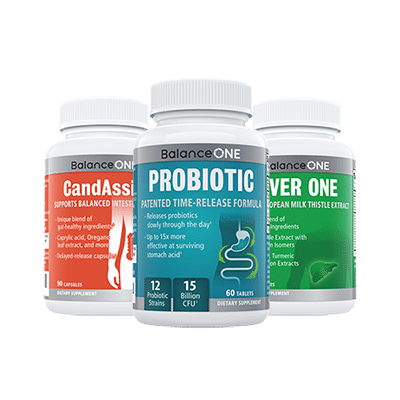How Much Sugar Is Really In Your Food?

It would be fair to say that the world is more preoccupied with dieting than it has ever been before. There has been a severe spike in issues such as obesity and diabetes, in addition to chronic gut-related conditions like Candida overgrowth. has led to a desire to be much more aware of what we put in to our bodies and how often, and this has lead to a much wider publication of facts and truths about a number of foods that we consume on a daily basis.
While it is pretty much universally acknowledged that things like trans fats and processed foods can be detrimental to human health, some still do not recognize the damage that sugar can cause. The real problem with sugar is that it is often hidden in a number of foods that you may have never even considered. Unless you take care to read the labels on your food, you are probably eating much more sugar than you realize.
The World Health Organization recently halved their recommendation for the maximum daily intake of sugar, from around 12 teaspoons of sugar to only 6 teaspoons. This is a relatively small amount compared to what most people eat, especially when you consider that a can of regular Coca Cola contains 10 teaspoons!
Coke is certainly not the only culprit though. If you really want to cut down on your sugar intake, you need to read every ingredient label and be extremely vigilant. Sugar can be hidden in some very surprising foods. Here is a list of four food categories that you might not have realized contained large amounts of sugar.
1. Low Fat and ‘Diet’ Foods
The main selling point of low fat and diet foods is that they contain little, if any, fat or saturated fat. Manufacturers of ‘low fat’ foods often compensate for this lack of fat by adding extra sugar. You might be surprised to learn that some fat-free yogurts have been shown to contain more sugar than a regular size Mars Bar!
2. Soft Drinks
The incredibly high levels of sugar that can be found in soft drinks is truly quite shocking. On average, a regular size can of pretty much any soft drink contains upwards of seven teaspoons of sugar, which is more than a woman’s recommended daily allowance and fully one hundred percent of a man’s. Along with sweets and candy, soft carbonated drinks are one of the leading factors in the rise of childhood obesity, with many of the offending products being marketed directly to younger customers. If you’re tempted to switch to diet sodas instead, read this.
3. Natural Sugars in Fruit
‘Natural’ doesn’t always mean healthy. In truth, we should take just as much notice of naturally occurring sugars as we do with artificially added ones. Some modern fruits, most notably apples, have been bred to contain much higher levels of natural sugar than were previously present. If you’re on a Candida diet you should be avoiding most fruits. Even if you’re not, you should try to eat fruit in moderation and stick to those fruits with a lower Glycemic Load.
4. Breakfast Cereals
While many breakfast cereals are marketed as being low in both salt and fat, the bigger problem (sugar) doesn’t get a mention. Check the list of ingredients and you will often see one of the many forms of sugar at or near the top. Given that it is extremely common for a person to eat a large serving of breakfast cereal, the amount of sugar consumed in one sitting can be much higher that you might anticipate.
There are three keys to avoiding all the added sugar in these and other foods. First, eat as much whole, fresh food as you can (i.e. food without an ingredient label!). Second, get into the routine of checking the ingredient labels on those foods that do require them. And lastly, remember that there are more than fifty words for sugar that are used in ingredient lists. Simply scanning the package for ‘sugar’ is often not a reliable way to check.
Here is a list of some of the most popular words included on food packaging that you should look out for. Once you know them, you will be able to make much more informed decisions on which foods to buy.
[table id=14 /]

3-Month Candida Elimination Kit Start Your 3-month Candida Cleanse
This Candida Kit contains all the supplements recommended on the Candida Diet:
- LIVER ONE to process and remove the toxins created by Candida.
- CANDASSIST to inhibit and weaken the Candida colonies in your gut.
- PROBIOTIC to replace the Candida yeast with probiotic bacteria.
Plus... the CANDIDA DIET RECIPE BOOK with 50+ low-sugar recipes

Honey might be exception of sugars in fight about candida, do you reckon?
http://www.sciencedaily.com/releases/2014/03/140316132801.htm
Its true that honey does show some effectiveness against biofilms in vitro. However, you’d be far better off using a more focused anti-biofilm agent like nattokinase and avoiding the sugars 🙂